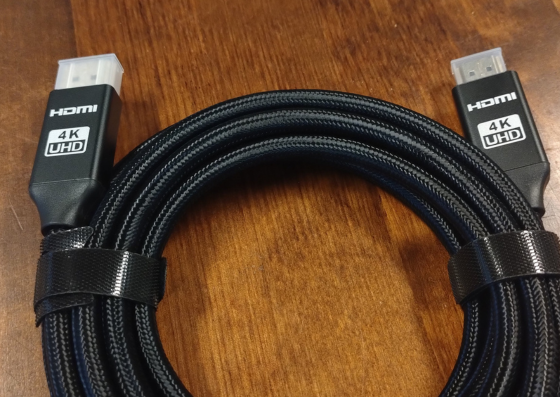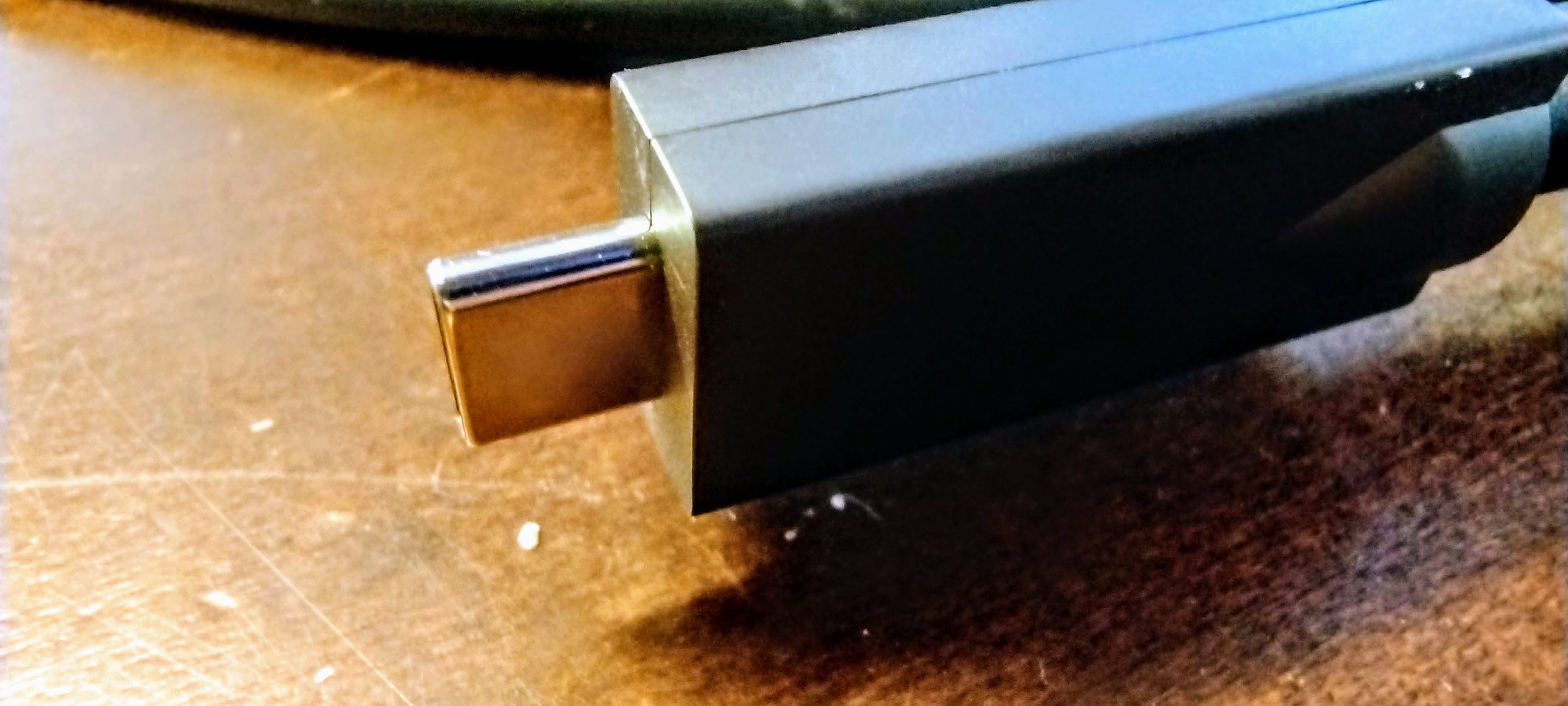🔮 Unique use of spaces - An AV trend that all IT managers should pay attention to in 2023!

Does your workplace have a so-called smart office? And have there been complaints, especially after the pandemic, about the lack of available spaces for work? If so, you are not alone.
During a coffee break, we noticed that these two phenomena are surprisingly related - and not necessarily in the way you may have thought.
Employees want to use their time efficiently without unnecessary interruptions, and in smart workplaces, modern AV technology is used to enable seamless collaboration and communication - but above all, the separate use of spaces and the number of users should be taken into account.
If you are interested, we recommend grabbing a ☕ coffee and reading the summary below about this trend!
What do Unique space utilization and smart workplaces mean in AV in 2023?
The importance of AV technology is a crucial part of modern business operations. Nowadays, businesses operate globally and are no longer limited to Helsinki, Finland or the Nordic region alone. Therefore, the devices used must function seamlessly to ensure smooth evening meetings across different time zones. If the devices do not work properly, it means wasting money. This highlights the importance of careful selection and installation of devices, which can save a lot of time and money in the long run.
The use of various spaces has become more diverse, and often, work environments are designed to utilize spaces for multiple purposes, dividing spaces into smaller sections using, for example, partition walls. This has been a common practice for years, but it appears to be increasing. With this trend, spaces are divided into smaller sections, and AV-over-IP enables sharing audio and video between different spaces easily through the IP network.
AV-over-IP is also counted as part of the diverse use of spaces, which has been a strong trend for several years. This trend is just beginning and will be an important and growing part of developing smart workplaces. Especially in larger buildings with many different spaces, AV-over-IP is essential, as it allows audio and video to be shared between different meeting and workspaces throughout the building.
This means that, for example, there is no need to move to different floors for a video conference; all employees can participate in the meeting from their own workspaces. Gathering in a large auditorium is no longer necessary, as AV-over-IP enables meetings to be held in all meeting rooms where the necessary equipment is available.
What are the most installed space solutions in 2023?
Spaces can vary greatly, ranging from individual 1-2 person spaces to large spaces. The use of cameras and audio equipment has become increasingly common in space solutions, with a particular emphasis on these solutions in small one- and two-person spaces.
Currently, the most popular space solutions are so-called "huddle rooms" and other similar private spaces. Initially, small phone booth-like spaces were introduced to the market, in which an individual could make a phone call or hold a video conference on their own laptop. Such solutions will be seen more and more in indoor corporate environments in the future.
Although open-plan offices are still popular, it has been noted that it is not always possible to organize functional meetings or other similar events in them. Therefore, private spaces, such as phone booths, are very useful. Companies are increasingly investing in such small, fixed spaces.
In summary, space solutions are very diverse, and the most popular solutions vary depending on the size and purpose of the space. The demand for private spaces, such as phone booths and huddle rooms, is increasing, as they provide the opportunity for privacy and successful meetings or negotiations.
What types of spaces will continue to be popular as a trend in the coming years?
Spaces can vary greatly, ranging from individual 1-2 person rooms to large spaces. The use of cameras and audio devices has significantly increased in space solutions, and the need for such solutions is especially highlighted in small one- and two-person spaces.
Currently, the most popular space solutions are so-called "huddle spaces" and other similar private spaces. Initially, small booths comparable to phone booths were introduced to the market, in which an individual could hold a call or video conference on their own laptop. Such solutions will increasingly be seen in corporate interiors in the future.
Although open offices are still popular, it has been recognized that it is not always possible to organize functional meetings or other similar events in them. Therefore, private spaces, such as so-called phone booths, are extremely useful. Companies have started to invest more in these small, fixed spaces.
In summary, space solutions are very diverse, and the most popular solutions vary depending on the size and purpose of the space. The demand for private spaces, such as phone booths and huddle spaces, is increasing because they provide the opportunity for privacy and successful meetings or negotiations.
How will video conferencing technology develop in the near future?
More generally, AV-over-IP is becoming the biggest trend in the AV industry. Although the COVID-19 pandemic has affected availability issues for equipment, as component availability improves and equipment prices drop, its use is expected to become even more widespread.
Moreover, technology is constantly evolving, and remote conferencing and related technologies are no exception. Although the basic technology has been the same since the 1990s, equipment size and efficiency have improved significantly. Image quality has improved, and automatic features such as camera tracking and speech tracking have become more common, making meetings easier to follow.
On the audio side, development is also focused on point sound sources, which allow sound to be directed to a specific area. This is particularly important in large open office environments.
Regarding image quality, it can be said that technology is developing especially in terms of automatic functions. For example, camera automation features are becoming increasingly better, and the technology will be even more powerful and user-friendly at the same price.
How will the development of AV in workplaces continue in the coming years?
The development of AV technology in the workplace in the future is a somewhat conflicting issue due to the increasing prevalence of remote work. In practice, AV technology is needed more and more in the workplace, but remote work has also increased the need for technology used at home. Both of these factors should be taken into account.
For example, a laptop and camera may suffice for many home users, but larger video conferences and online lectures require more technology. In the future, improvements and coordination of AV technology usability are hoped for, as current solutions from manufacturers are not always user-friendly. Improving usability is therefore an important development direction in the coming years, but as manufacturers develop better and more compatible solutions, usability will improve as well.
The use of AV technology in digital workplaces has previously been an attractive way to attract talented employees and improve productivity as well as employee engagement. However, today the cost of devices has decreased, and smartphones, laptops, and other devices are seen as necessary tools rather than perks. Therefore, providing up-to-date devices is important to maintain employees' trust in the employer and ensure smooth work processes.
What is the list of AV equipment that should be in your working order in 2023??
Regarding AV equipment, the most important devices are usually those that enable communication, presentation-making, and sharing.
In 2023, the most essential device is still the good old laptop, as it is a powerful and versatile tool. Although iPads and other similar devices were expected to become more prevalent, their usability may not be sufficient for all tasks, and they have fallen into the background. While phones have improved, their keyboard is usually not suitable for efficient work. Desktop computers are gradually disappearing from use, except perhaps in design offices that require more powerful workstations.
This means that laptops are an essential part of the AV system and at the center of work, as they are already so powerful that they can handle almost all work tasks.
What should companies include in their AV technology budget and procurement strategy for the year 2024?
There are many good approaches and there is no one right answer, but a good starting point is to consider whether employees have a suitable work environment and personal tools for what is being aimed for. From there, it is good to consider the AV environment, such as what presentation needs there are and how much. For example, video conferencing and remote lectures are widely used nowadays, so this should be taken into account.
It is important for AV technology to support employees in all their different usage needs, so it is good to consider how many meeting rooms, larger auditoriums, private workspaces, and so on are needed for your organization's size. This depends on needs, so first consider what is needed and then acquire suitable equipment.
Overall, the first step is to ensure that the tools are in good condition and then consider the amount and need for AV technology.
High-quality equipment, proper installation and maintenance, and ease of use promote productivity and reduce wasted time. You don't need to spend impossible budgets on the investment, but sensibly chosen and maintained equipment will make work faster and easier. AV technology helps ensure that work is done quickly and efficiently, enabling the company's growth and success.

 By
By


